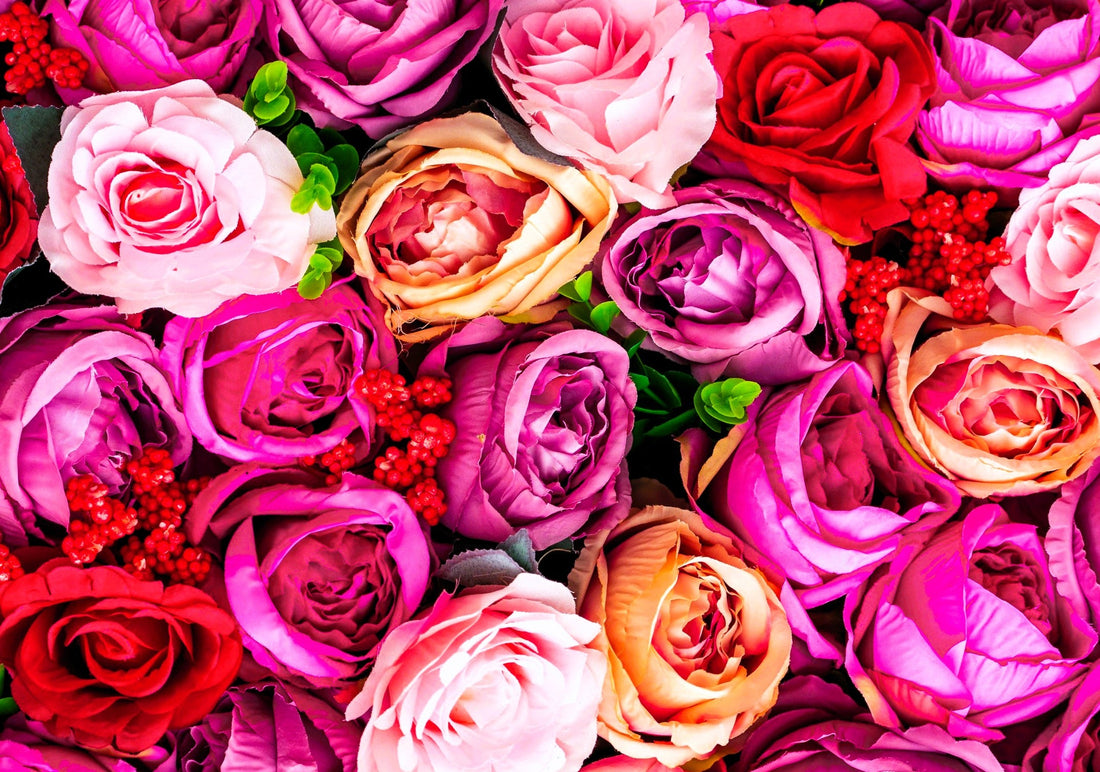
The history of roses in perfumes
Share
The history of roses in perfumes is as rich and layered as the scent of the flower. Roses have been key in perfumery for ages, valued for their intricate fragrance.
Ancient Times: Roses have been used for their fragrance since ancient times. The Greeks and Romans used rose water as a perfume, and rose oil was a popular ingredient in medieval European perfumes. In ancient China and India, rose fragrance was used in religious ceremonies and as a medicine. Roses are known for their delightful fragrance that has been cherished since ancient times. From the Greeks and Romans using rose water as a perfume to its inclusion in medieval European perfumes, the history of rose fragrance is rich and captivating.
Medieval Period: During the Medieval times, rose fragrance and rose oil were used to mask bad odours and for medicinal purposes. The Crusaders brought back Damask roses from the Middle East to Europe because of their fragrance which was then used to make perfume from the petals. This historical period saw a surge in the use of rose fragrance for practical and medicinal purposes.
Renaissance and Beyond: In the 16th century, the Dutch developed the Centifolia rose, also known as the “Cabbage Rose,” which was prized for its abundant and fragrant petals. The French enjoyed the scent of Bourbon roses discovered in 1817 on the Ile de Bourbon. The breeding efforts in France and the United States produced fragrant Hybrid Perpetual and Noisette roses. These historic developments in rose breeding paved the way for the diverse array of fragrant roses we enjoy today.
Modern Times: In the late 1700s, roses from China that had repeat bloom but little fragrance were brought to Europe. This led to a focus on creating roses that bloomed more than once a year, often at the expense of fragrance. However some of the new roses, the Tea roses, had a fresh, tea-like scent. This shift in focus towards repeat blooming roses marked a significant turning point in the history of rose cultivation.
The inaugural rose show in England in 1858 marked the beginning of a tradition where roses were evaluated based on their appearance and display rather than scent. This practice was adopted in the United States, leading to the American Rose Society hosting its first rose show in 1900.
Today, the fragrance of roses continue to be beloved and integral part of perfumery, with rose oil and rose water being used in a wide range of luxury perfumes. The timeless appeal of the rose scent ensures that it remains a staple in the fragrance industry.